Tulsa Studies
Guide to Articles and Photo Essays
rodger randle
the center for studies in democracy and culture
OU-Tulsa
OU-Tulsa
These photos illustrate themes in our studies about Tulsa.
In this section we explore modern Tulsa, as well as our history leading up to today. In our past we look for clues that explain how we became the place, and the people, that we are today. Observing our contemporary city, we look for the trends that are working to shape the city that we will be in the future.
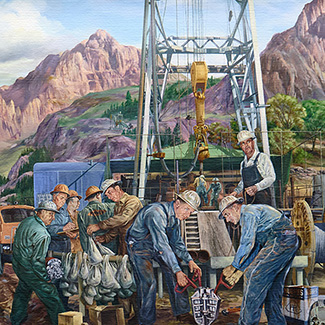



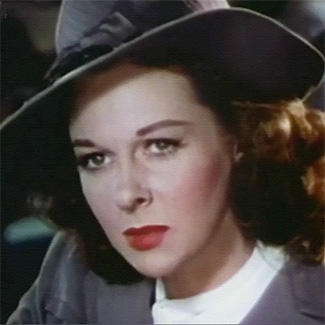
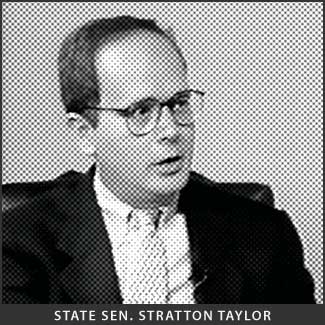



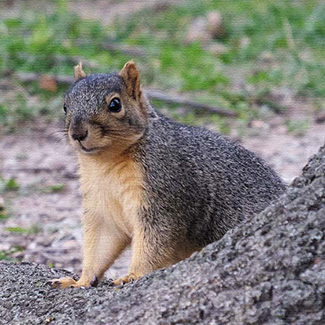

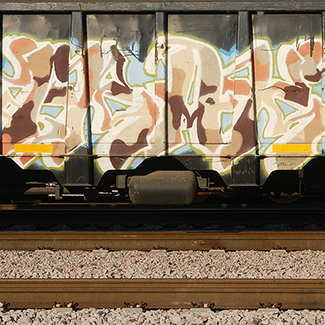

tulsa: our formative past

Oil was the economic reason for Tulsa's explosive growth and prosperity, and
the leaders of the petroleum industry provided civic leadership that left a permanent mark on Tulsa's character. This article explains their impact on the formation of our city's culture.

The Glenn Pool field would have meant little to Tulsa if our town had not already established an infrastructure to support growth and expansion. The most critical element was luring rail service to Tulsa. The railroad was the single most important fact of life in early Tulsa, and its impact is still visible on our landscape.

Our first flag was adopted in 1924 and we are on our thrid new flag since then. Each Tulsa flag has been emblematic of a period of our history. The flag of 1924 was looking to our future. Our present flag looks backwards, to our roots.
Films and Videos

Created by the United States Information Service for use abroad in telling the American story, this 10 minute film offers a time trip back to daily life in the Tulsa of 75 years ago. Most buildings and scenes are recognizable to us today, but our style of life has changed.

The 1949 movie named after our city offers glimses into the Tulsa's oil boom era. Curiously for a movie of that era, two themes are surprisingly modern: environmentalism and feminism ...but moviegoers probably missed the subliminal political messaging.

State Sen. Stratton Taylor (who will later be remebered in Oklahoma history as a Senate President Pro Tem) interviews Tulsa's new mayor Rodger Randle on Claremore's KRSU television in this video. It captures an earlier era of our political life and is rare example of video from this period that is preserved and accessible.
tulsa: urban changes

Intermingled in older residential neighborhoods are small apartment buildings that were key to Tulsa's urban way of life in earlier times. This article explores why they were important to the city and why they are coming back.
observing Tulsa: a photographer's notebook

11:00 AM on Sunday morning and the parking lot of Boston Avenue Church is emply. Services cancelled. This is one of many scenes in August 2021 of Tulsa during the covid shut-down, scenes documented in this photo slideshow.

Beyond the familiar postcard views of our city, this collection of photos documents other sides of Tulsa that we may sometimes see but rarely notice. The photos are of buildings and houses and street scenes.

Intermingled in older residential neighborhoods are small apartment buildings that were key to Tulsa's urban way of life in earlier times. This article explores why they were important to the city and why they are coming back.

Although not as plagued by grafitti as some other American cities, the walls of empty building (and sometimes occupied ones) are canvases of opportunity for grafitti artists. Some of the art has a certain beauty and charm, as seen in the images in this photo collection.

Vandalizing railroad moving stock with grafitti would have been unthinkable in the era when I was a child, but times have changed. Like urban grafitti, some of it has a naïf attractiveness when viewed in isolation. This photo collection offers a sampling of the moving art that passes through our city.

A visit a couple of years ago to Tulsa's Woodward Park and the Rose Garden in December found roses and other plants in full bloom. Whether this was just an unusual year, or a sign of things to come, it was a surprise. The number of plants in bloom was few, but there were enough to make this photo collection.
our new podcast series
A New Initiative
Our podcast series on themes in Tulsa culture, history, politics and people will begin in January. Our focus will be on things that help us better understand our city and its past, as well as our role within the state of Oklahoma. The interviewed will include acadmeic, literary, and government leaders.
Lots of history has been published about Oklahoma and Tulsa. We don't seek to repeat it here. Our interest is in exploring explanations rooted in our historic experiences that help us understand who we are today and how our state and city function culturally, politically, and relationally. Our focus is to identify trends and historical experiences and to analyze their importance and impacts.
Overview of Tulsa Studies
Overview of Tulsa Studies
 All photos in these collectios are © Rodger Randle.
All photos in these collectios are © Rodger Randle. 
Notes on Our Tulsa Studies